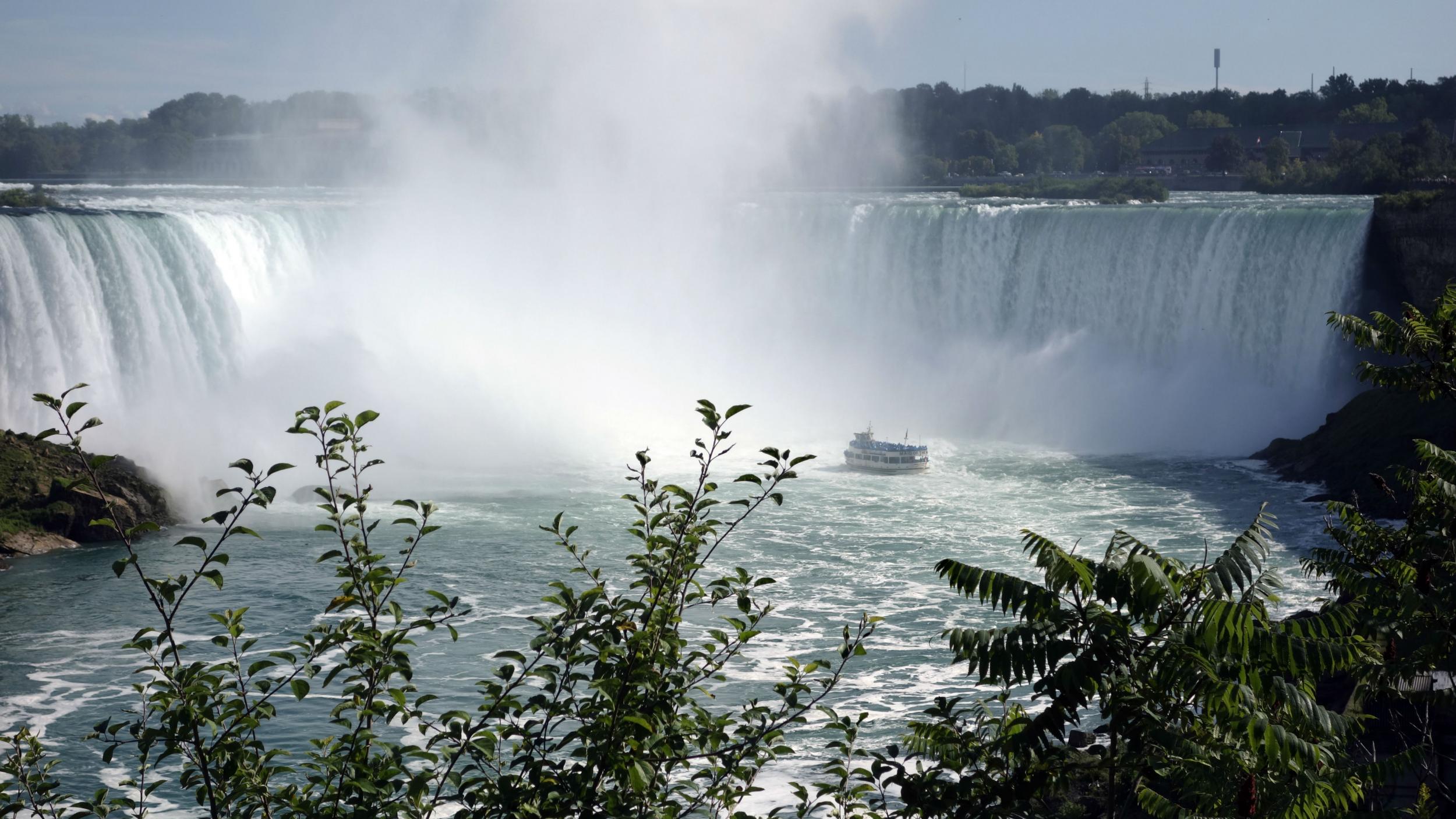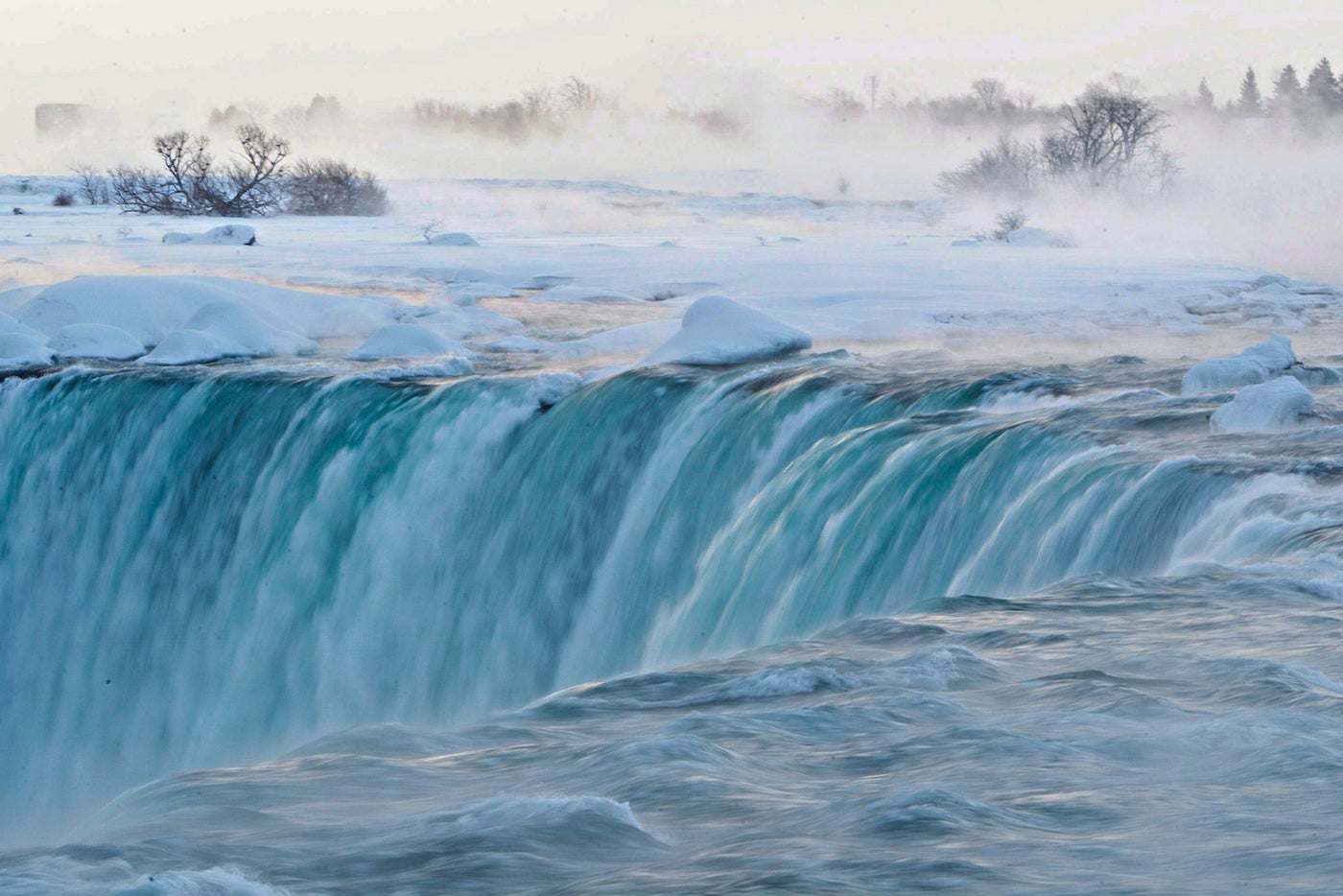Niagara Falls 'could be turned into a trickle'
Officials need to replace some 115-year-old bridges - and they need them to be dry

Your support helps us to tell the story
From reproductive rights to climate change to Big Tech, The Independent is on the ground when the story is developing. Whether it's investigating the financials of Elon Musk's pro-Trump PAC or producing our latest documentary, 'The A Word', which shines a light on the American women fighting for reproductive rights, we know how important it is to parse out the facts from the messaging.
At such a critical moment in US history, we need reporters on the ground. Your donation allows us to keep sending journalists to speak to both sides of the story.
The Independent is trusted by Americans across the entire political spectrum. And unlike many other quality news outlets, we choose not to lock Americans out of our reporting and analysis with paywalls. We believe quality journalism should be available to everyone, paid for by those who can afford it.
Your support makes all the difference.The mighty Niagara Falls, one of the world’s most celebrated tourist destinations, could find itself reduced to a mere trickle.
Officials in New York state are considering a plan to drastically reduce water flow at the three falls, which mark the border between the US and Canada and which attract up to 30m visitors a year, to allow some 115-year-old bridges to be replaced.
Later this week, officials will hold a public meeting to discuss their proposals for replacing the bridges linking the mainland to islands near the brink of the falls.

One proposal would be to reduce the flow on the American side of the falls by building a temporary structure to redirect Niagara River water to the Canadian side.
The Associated Press said officials warned in a report released last October that the two concrete arch bridges need to be replaced. They provide pedestrian access to Goat Island for millions of visitors each year.
According to the report, after crews demolish the original bridges, the replacement bridges must be constructed “in the dry”, to allow for safe construction procedures and to ensure that the new foundations are firmly anchored to bedrock.
The original bridges were last rebuilt in 1901 in preparation for the Pan-American Exposition. The state closed them in 2004 because of their deteriorating conditions and replaced them with temporary bridges, but the state's report claims those temporary structures must also be eventually replaced.
It would not be the first time that water at the falls has been shut off, WGRZ.com reported. In 1969, as a part of a study, the flow was halted.
Yet officials acknowledge that turning off the water could be a controversial step.
“Dewatering is expected initially be a tourism draw (a once-in-a-lifetime opportunity to see the falls and river channel without water), but after some period of time could negatively impact park attendance, particularly during the summer tourist season,” it said.
The state has said it has several options. One would be to turn off the flow for five months before the tourism season starts in the summer. A second would be to turn off the water for nine months and work through the summer.
Randy Simons, a spokesman for the Niagara Falls State Park, said the process was still in the very early stages.
“The state is identifying feasible ways to rehabilitate or replace the historic American Falls Bridges in the future,” he said.
“As part of the state’s commitment to involve the community in this decision making process, which is many years away, [we] will welcome the public's input to ensure that future decisions do not impact the vital western New York economy.”
Join our commenting forum
Join thought-provoking conversations, follow other Independent readers and see their replies
Comments